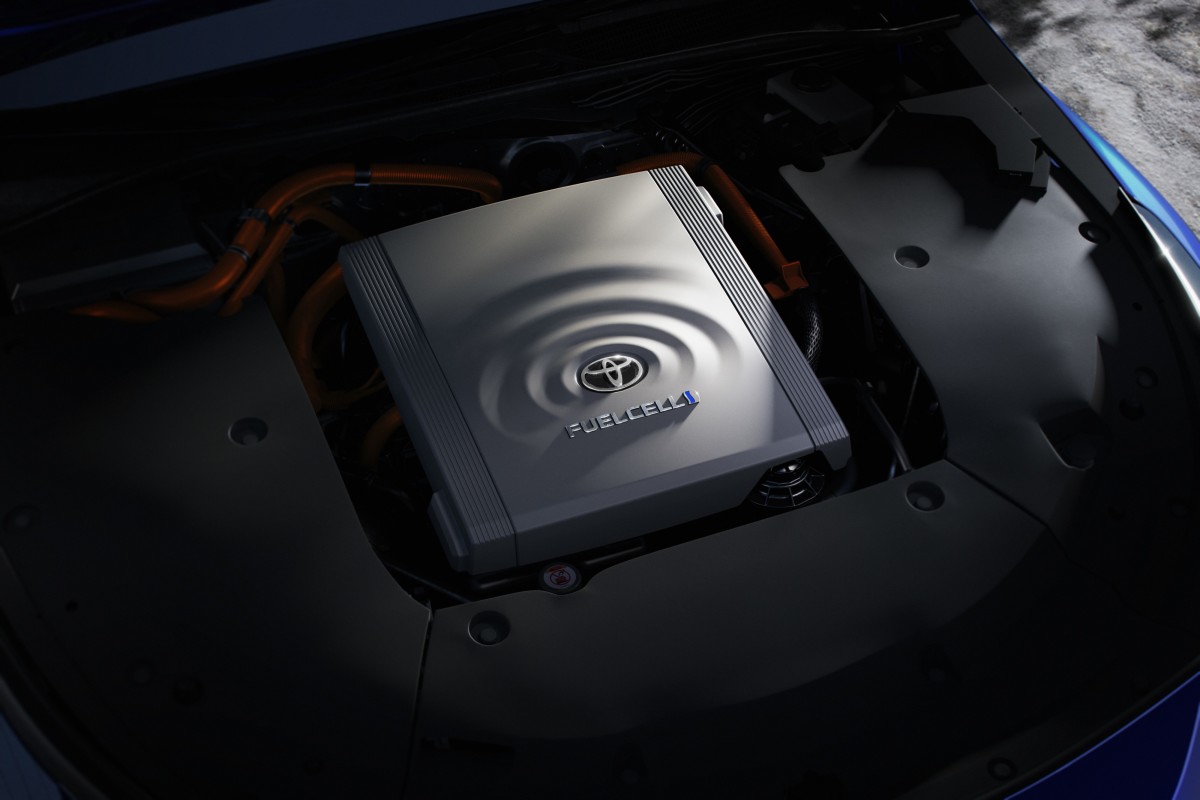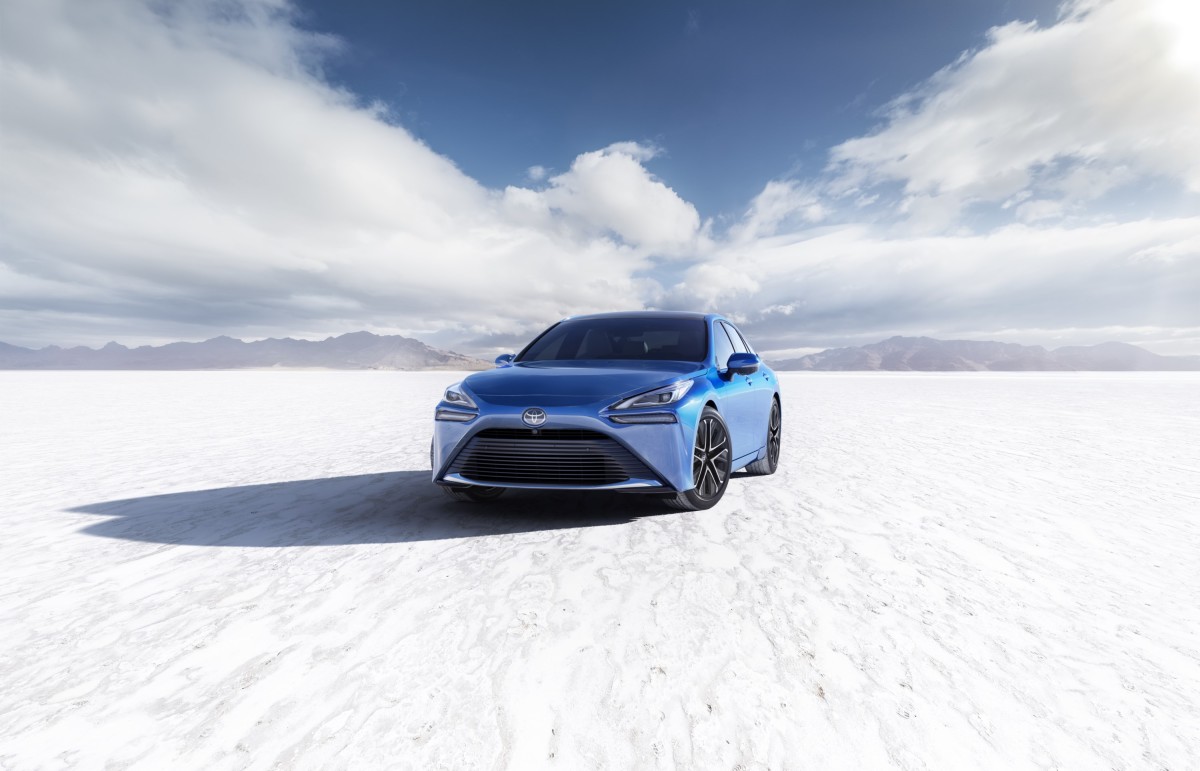It’s really simple… until it isn’t.
Ahh, hydrogen—the simplest and most abundant element in the universe. Nearly three-quarters of the mass in the entire observable universe is believed to be made up of it. It’s also one of the most common elements on Earth, ranking at number 10, but most of it is locked away paired with oxygen to form water.
Hydrogen extraction technology is older than you might think, dating all the way back to the 1780s. While these early experiments were crucial in developing battery power, electrolysis-extracted hydrogen was expensive and time-consuming to produce. As a result, it remained a curiosity or industrial side-show for several hundred years after these initial advances, except for its use in lighter-than-air crafts.
Fuel of the future or still just a curiosity?
Today, however, the U.S. Department of Energy is actively working on research, development, and a coordinated investment plan to incorporate hydrogen as a mainstay of energy in the United States through their H2@Scale program.
Related: 2025 Volvo XC90 PHEV vs 2025 Volvo EX90: A plug-in or all-electric luxury SUV experience
The DOE reports that ten million metric tons of hydrogen are already produced and consumed annually in the United States, and they hope to expand that number massively, considering its renewable and domestically sourced nature.
Fuel cell EVs on the rise
Most of this hydrogen is currently used in refining oil and producing usable ammonia, but the DOE indicates that use is also on the rise in transportation, as well as in a wide range of other applications like metal purification, refining bio and synthetic liquid fuels, heat generation, and energy storage.
Is hydrogen… safe?
Hydrogen has gotten a bad rap in the history books, whether from lighter-than-air disasters like the infamous (but not isolated) Hindenburg disaster in 1937 or its role in amplifying fission in thermonuclear bombs tested in 1952, which exponentially increased the damage compared to earlier atomic weapon designs.
Toyota
Using natural properties to make hydrogen safer
However, the way hydrogen is used in vehicles today is nothing like those applications, and with even basic precautions, it is as safe to use as gasoline. Despite the inherent flammability of gaseous hydrogen, it’s much less reactive in liquid form when pressurized and stored in a fuel cell EV. It also doesn’t linger if released, because hydrogen is lighter than air and disperses very quickly, meaning it’s in some ways safer than gasoline.
There are still risks since hydrogen can combust in a much wider range of air mixtures compared to gas or other fuels, but with proper precautions, it’s perfectly safe to use.
Additional safety features for a smooth and safe ride
Manufacturers add safety systems such as shut-down valves on the fuel canisters in case of an accident, as well as accident detection in the wiring that connects the fuel cell stack to the relays and high-voltage batteries that drive the vehicle to reduce sparking. Of course, reinforced pressurized tanks that are impact and puncture-resistant are standard.
Related: 2025 Toyota 4Runner vs 2024 Toyota Land Cruiser: Exploring key differences
So what’s actually happening under the hood?
Fuel cell EVs, which are the focus of most manufacturers’ investments in hydrogen vehicles, work fairly intuitively. A fuel cell stack, or bank, serves as the ‘engine,’ where many cells facilitate a simple chemical reaction between oxygen from the air and the pressurized hydrogen fuel stored onboard the vehicle.
This method of generating electricity chemically is called reverse electrolysis. The fuel cell stack is literally a stack of individual fuel cells that take advantage of the electron current generated when hydrogen and oxygen are combined in a specific setup (anode and cathode). This current is picked up and fed back to a battery bank, which stores the energy just as a traditional EV would.
Emissions? You won’t miss ‘em
Water is the only byproduct of this whole process. While the production of hydrogen requires electricity for the electrolysis used to separate water into hydrogen and oxygen—just as EVs need to source their own electricity from somewhere—the actual emissions within the vehicle are nothing more than H₂O.
Advantages of both combustion and electric all in one
This fast and easy refueling time combined with zero emissions and instant throttle response makes hydrogen cell vehicles stand out. Hydrogen vehicles start and run quietly, reducing noise pollution too.

Toyota
Much like an EV, hydrogen vehicles deliver power directly to motors connected to each wheel rather than using a more conventional drive shaft, ensuring instant power and fine-tuned control for performance and quick acceleration.
Hybrids are also not safe from being upstaged
Having both a battery and a fuel source that recharges it onboard also mimics one of the main benefits of a hybrid EV. Hydrogen fuel cell technology allows drivers to fully charge the onboard battery and fill the fuel cells with hydrogen. This means that fuel cell models can go longer between fill-ups than either all-combustion or all-electric vehicles.
Because fuel cell EVs can generate electricity directly inside the vehicle using hydrogen as a fuel source, they are inherently a much greener choice since there’s never a time when they produce harmful emissions.
Power to go the distance
Hydrogen fuel cells are versatile and scalable. Toyota designers were able to take their existing hydrogen fuel cell technology and scale it up to a drivetrain theoretically capable of powering class-8 heavy-duty semi-trucks, the highest class of trucks by weight allowed on the road by the Federal Highway Administration.
Toyota
They can also go smaller, as fuel stacks can be built with as few or as many cells as needed to affect the recharge rate of the battery onboard.
But what about maintenance?
Ease of maintenance is another point in favor of fuel cell EVs. Because the process of converting hydrogen and oxygen into water and electricity is not combustion but a much gentler reoxidation, there aren’t many moving or mechanical parts needed.
All you need are valves controlling the flow of pressurized hydrogen and air intakes allowing sufficient airflow, and the process just works. Batteries used to store the energy are also fairly self-reliant, though current battery technology means they won’t last forever and will eventually need to be replaced or scrapped with the vehicle.
So why aren’t we all driving fuel cell EVs yet?
There are a few reasons why fuel cell EVs aren’t yet mainstream.
First, despite many advances, the technology is still in its infancy. As mentioned earlier, the U.S. Department of Energy is planning to continue funding and researching ways to improve hydrogen fuel cell technology and expand its infrastructure.
Currently, California is the only state beginning to seriously invest in fuel cell EV refueling stations. However, that’s not as bad as it might first seem.
Things could change quickly with a little bit of focus and investment
Because refueling times for hydrogen cell EVs are so short and the process of filling up is comparable to that of gas vehicles, once other states get serious about developing and upgrading their service stations to accommodate hydrogen refueling, it will require less effort than installing a similar number of standard EV chargers.
Related: Biden administration fuels EV transition with $1B fund for small auto manufacturers
While electric recharging requires longer wait times and entirely new ‘pumps,’ it may be possible to simply convert existing gasoline pumps to offer either gas or hydrogen, just as many stations today already offer both gas and diesel nozzles.
Other challenges do exist but are not insurmountable
Besides being a new technology without the refueling infrastructure to support it, there are other considerations. Currently, only a small amount of hydrogen is manufactured each year. While it is becoming easier and cheaper to make, it’s still not yet at a level where it is economically viable, let alone scaled to replace all cars on the road.
Also, like EVs in the early days of their resurgence, hydrogen fuel cell vehicles currently cost more than their more established counterparts, which benefit from economies of scale. While some subsidies exist for fuel cell EVs, they are not yet competitive enough to be the clear choice for everyone.
Final Thoughts
While there are still many technological and societal hurdles between hydrogen fuel cell EVs and dominating the market, the idea behind them remains compelling, and with enough work, entirely attainable.
Perhaps not this year, perhaps not even this decade, but eventually, hydrogen may become a major component of an emissions-neutral driving future—if we stay the course and give it a chance.

